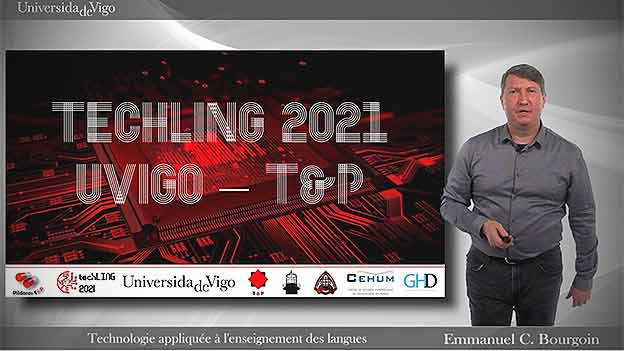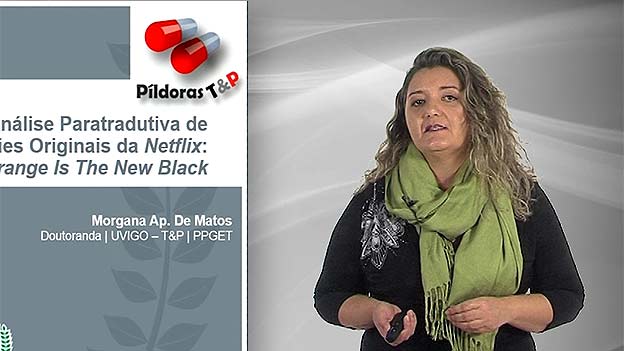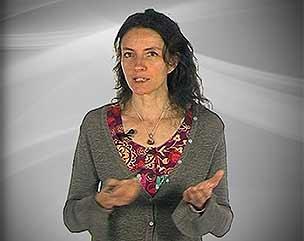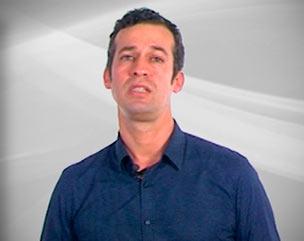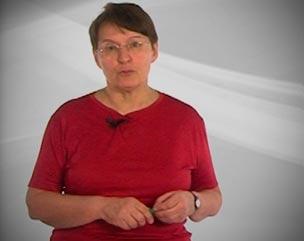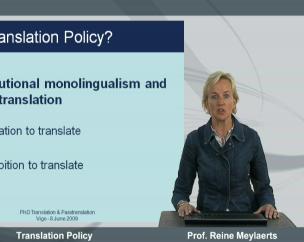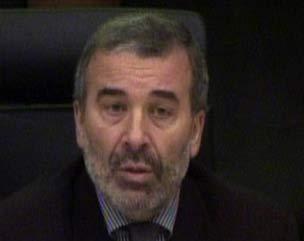The Translational City 26 de nov. de 2013
The Translational City
Vixésimoterceira Píldora T&P
All cities are multilingual, but all cities are also translational. What is the difference? Multilingualism calls to mind a space of plurality and diversity, with no particular idea of hierarchy or organization. Translation proposes an active, directional and interactional model of language relations. Language interactions are tracked along precise axes: direction (towards the more powerful or the less powerful language, for instance), intensity (showing historic moments of shift), translation zones (where in the city do mediations take place, where do cultural mediators live, where do they construct their institutional lives), and affect (what kinds of emotions are mobilized through translation). Translation becomes a key to understanding the cultural life of cities when it is used to map out movements across language, to reveal the passages created among communities at specific times. The spatial dimension of these passages is important. What perceptions, then, are possible when ‘city’ and ‘translation’ are brought into conversation? Let us outline here some of the ways in which translation can be a key to understanding urban life. Four elements: the sensory landscape of the city, translation zones, cultural mediators, border logics.




